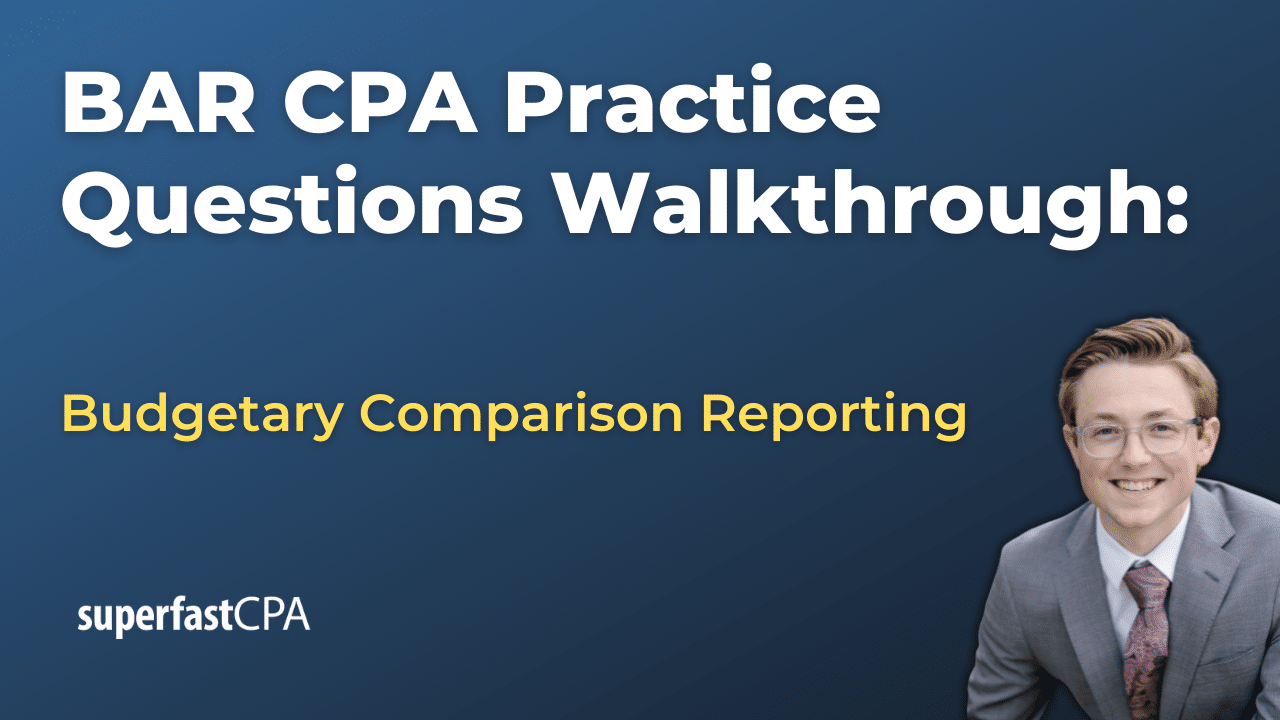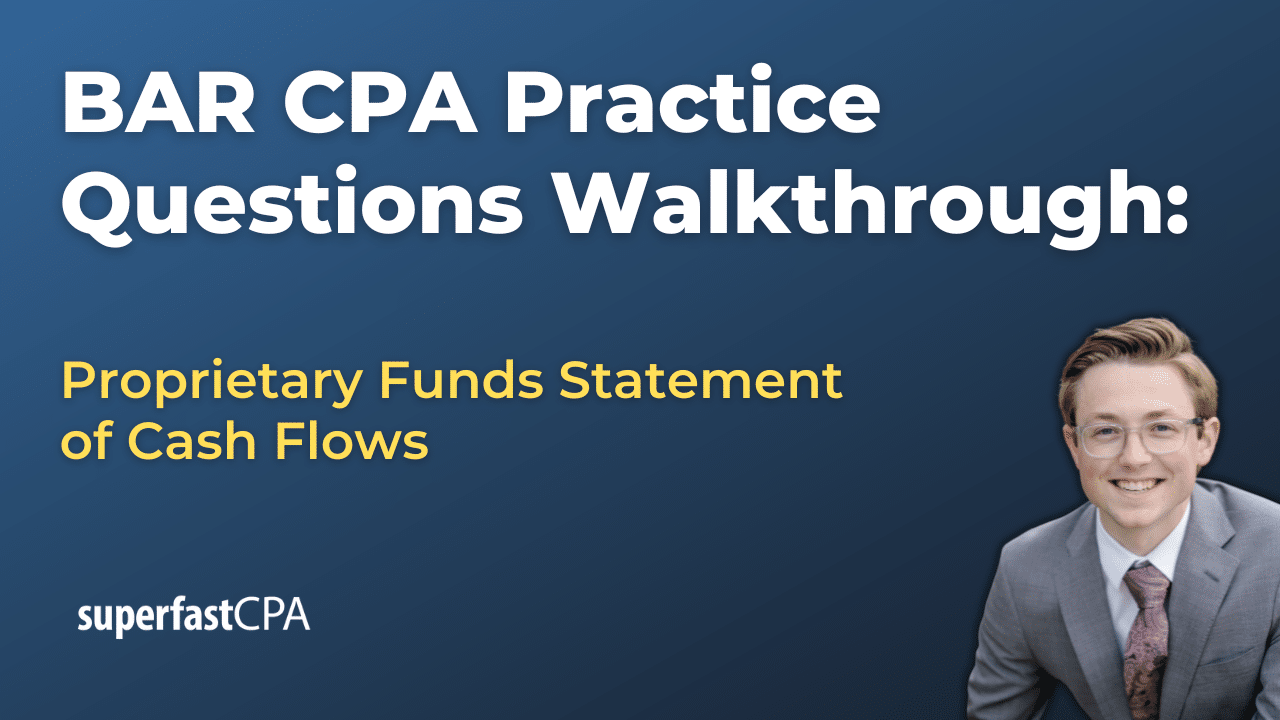In this video, we walk through 5 BAR practice questions teaching about the MD&A and notes for government financial statements. These questions are from BAR content area 3 on the AICPA CPA exam blueprints: State and Local Governments
The best way to use this video is to pause each time we get to a new question in the video, and then make your own attempt at the question before watching us go through it.
Also be sure to watch one of our free webinars on the 6 “key ingredients” to an extremely effective & efficient CPA study process here…
MD&A and Notes for Government Financials
In the financial reporting of state and local governments, two components hold particular importance: the notes to the basic financial statements and management’s discussion and analysis (MD&A). Each serves a distinct role in enhancing the transparency, completeness, and accessibility of the annual comprehensive financial report (ACFR). While the notes provide essential technical disclosures, the MD&A offers an interpretive overview for stakeholders. Together, they ensure that governmental financial reporting meets the objectives of accountability and informed decision-making.
Management’s Discussion and Analysis
Purpose
The MD&A is classified as required supplementary information (RSI). Its primary objective is to provide readers with a clear and concise narrative analysis of the government’s financial performance. It is intended to be understandable for a broad audience, including citizens, legislators, and oversight bodies, and it emphasizes accessibility over technical detail.
Placement in the ACFR
MD&A is presented before the basic financial statements. This placement allows it to serve as a guide for readers as they proceed to the more detailed financial information. Other RSI, such as schedules for pensions or budgetary comparisons, is presented after the basic financial statements.
Required Content
The MD&A must address specific topics, including:
- An overview of the financial statements, explaining their structure and purpose.
- A financial summary highlighting key results, such as increases or decreases in net position.
- Analysis of major changes in revenues, expenses, and fund balances.
- Discussion of significant capital asset and long-term liability activity.
- Presentation of currently known facts, decisions, or conditions that may affect future operations.
Example: If a county issues bonds for the construction of a new courthouse, the MD&A should disclose this activity, explain its financial implications, and outline the expected impact on future budgets.
Notes to the Basic Financial Statements
Purpose
The notes are an integral part of the basic financial statements. They provide the detailed disclosures necessary to place the financial statements in proper context. Unlike the MD&A, which is analytical and forward-looking, the notes are technical and comprehensive, ensuring that readers understand the accounting principles, methods, and balances underlying the reported figures.
Required Disclosures
The notes must include:
- A summary of significant accounting policies, such as revenue recognition or depreciation methods.
- Detailed information on capital assets, including balances, depreciation, and disposals.
- Information on long-term liabilities, such as bonded debt, leases, and pension obligations.
- Disclosures covering governmental activities, business-type activities, major funds, nonmajor funds in aggregate, and discretely presented component units.
Example: If a city adopts the straight-line method for depreciating its infrastructure, this policy must be disclosed in the notes. Likewise, if the city issues new general obligation bonds, the terms of those bonds must be presented in the long-term liabilities section of the notes.
Distinguishing MD&A from the Notes
The distinction between MD&A and the notes lies in their purpose, placement, and content.
- Purpose: MD&A provides a narrative overview, while the notes present detailed disclosures.
- Placement: MD&A precedes the basic financial statements; the notes are part of the statements themselves.
- Content: MD&A covers financial highlights and forward-looking conditions; the notes explain accounting policies, capital asset activity, and liability structures.
Example: A decline in property tax revenues would be discussed in MD&A in terms of causes and implications, whereas the notes would disclose the revenue recognition method and receivable balances.
Key Takeaways
- MD&A is designed to provide an accessible analysis of financial results, conditions, and outlook.
- It is presented before the basic financial statements as part of RSI.
- The notes serve as an integral component of the basic financial statements and disclose significant accounting policies, capital assets, long-term liabilities, and fund-level information.
- While MD&A is narrative and interpretive, the notes are technical and detailed.
A clear understanding of these two reporting components is essential for recognizing how state and local governments present both the broader financial picture and the underlying details that support it.











